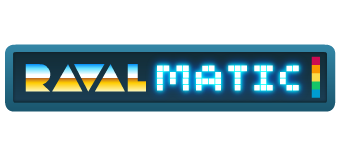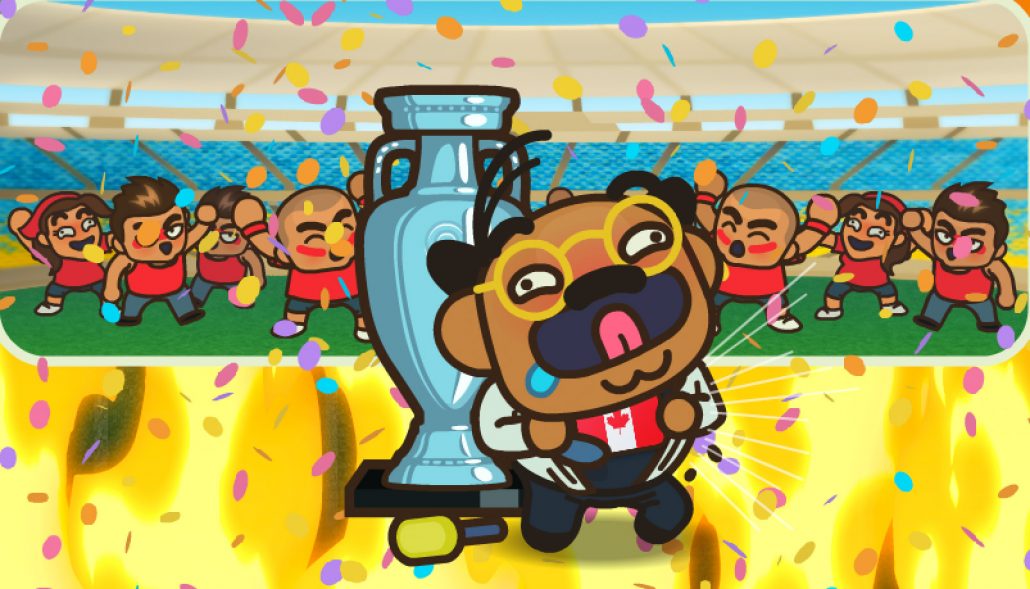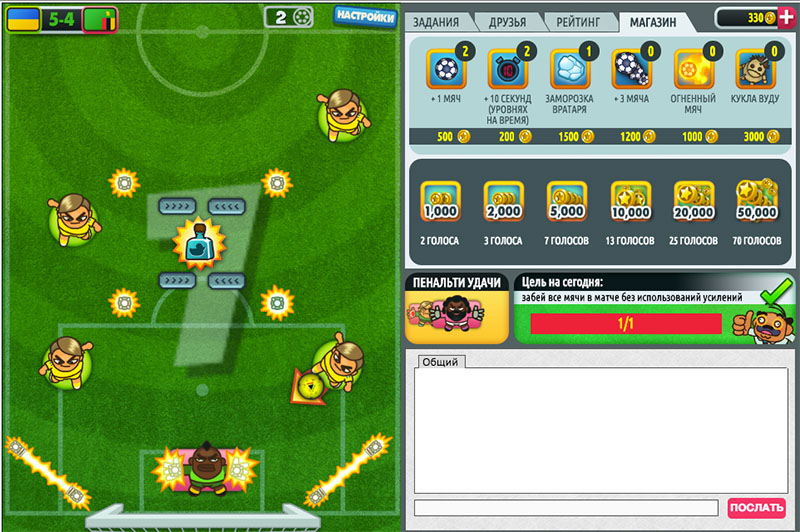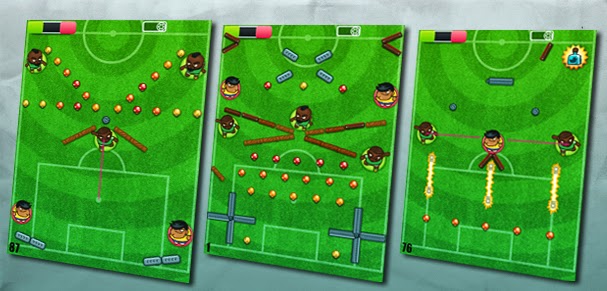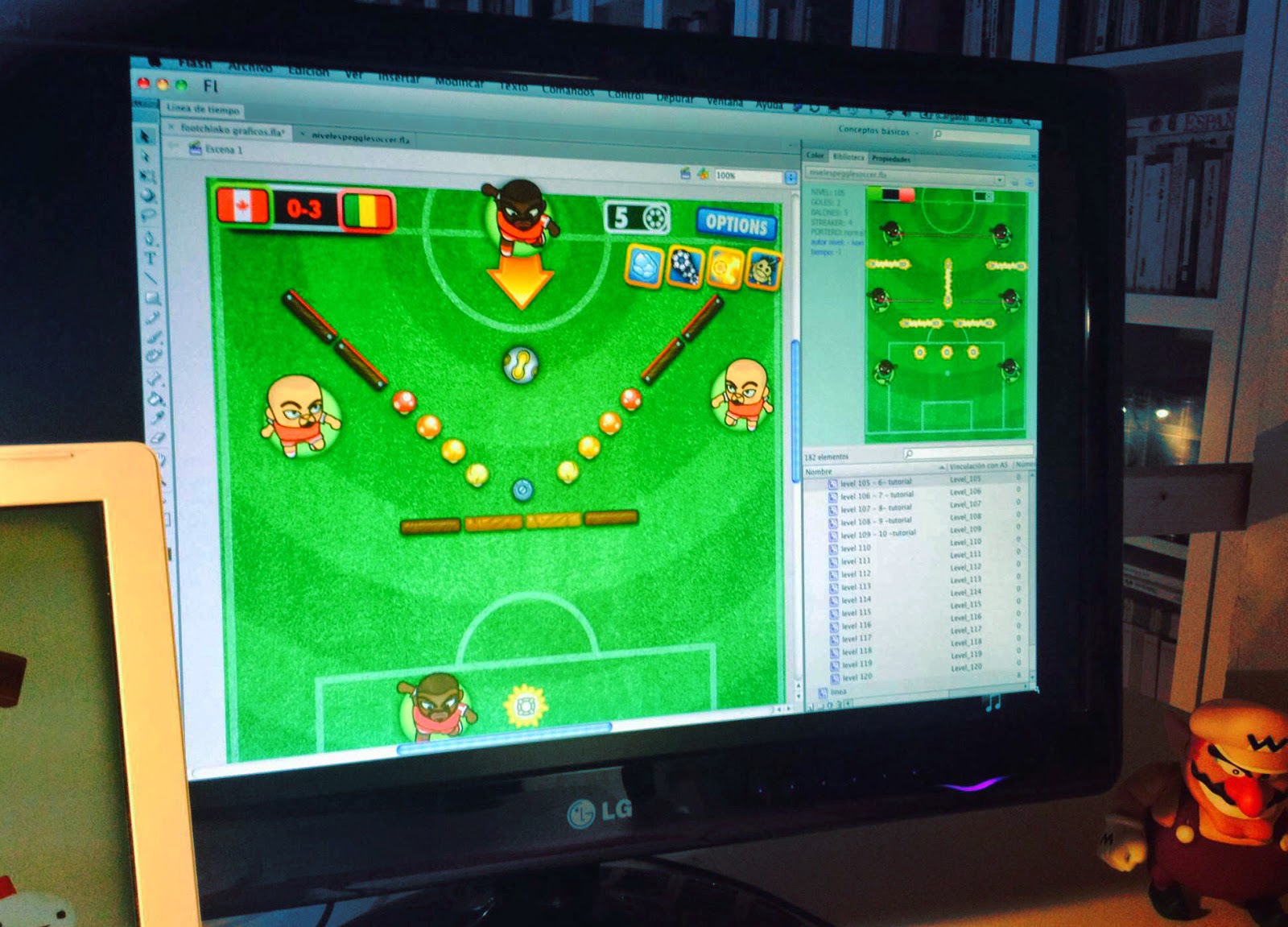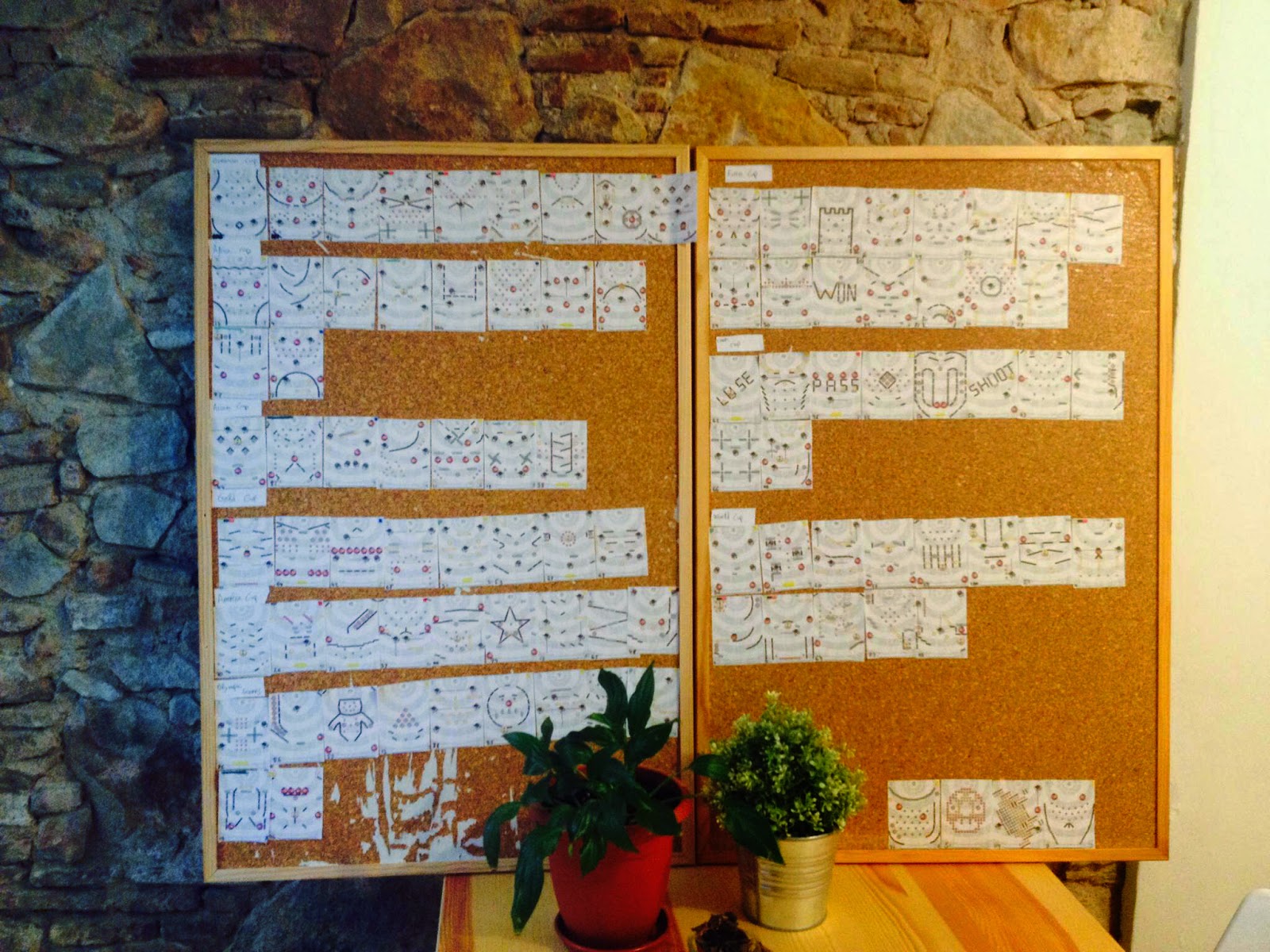Jscrambler helps to protect our HTML5 games

We love to code HTML5 games and JavaScript is a nice programing language but unfortunately everyone can access to the source code of our games. And that includes those cheeky guys who doesn’t want to respect existing license agreements or those just looking for “inspiration” for their next cloned game.
Luckily we have a powerful ally called Jscrambler.
Jscrambler is quite intuitive and it’s web based. There are some other javascript obfuscators but JScrambler offers the most complete and secure solution. Its version 4 has just been released. According to Pedro Fortuna, CTO of JScrambler:
“Version 4 brings the product from a code protection solution to a platform that provides a tamper-proof environment to the application, making sure it is executed without interferences and by legitimate users only.”
We’d like to show you an example of the level of protection that Jscrambler offers, we’ll take a function of our game “Alien Kindergarten” and obfuscate it.
We can see that even after using JSbeautifier the code is quite difficult to understand. Besides site-locking they offer some interesting transformations such as dead code insertion (that’s why the obfuscated code is longer) and member enumeration.
Mission accomplished…. it looks like that doing the whole thing from scratch is much easier than attempting a reverse engineering.
Ahhhh! forgot to say that Jscrambler is optimized for games and doesn’t affect performance.
